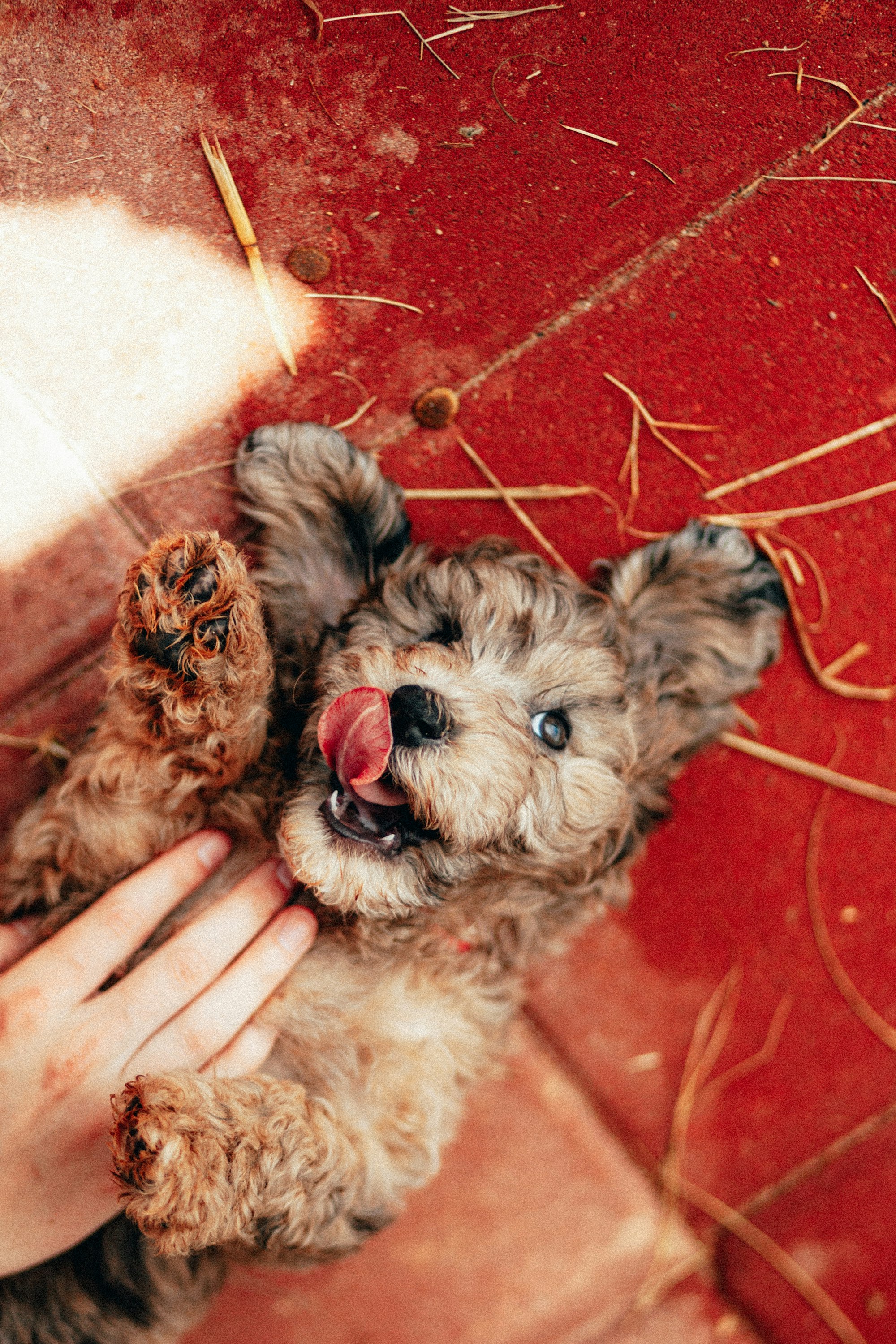Ask Me Anything: Puppy Behaviour with Taarini Upadhyay

Raising a puppy is no cakewalk. Ask any puppy parent and they’ll agree that raising a cute little furball is a lot more than just puppy eyes and endless cuddles.
Puppyhood is a stage of constant growth and development. Not only are they chewing everything that they can lay their eyes on but are also learning about the big, exciting world around them. New smells, sights and of course, things to pee on!
Seeing your fur baby grow so rapidly can be overwhelming. Especially when you play a major role in their development. And so, to help you navigate this journey better, we conducted an AMA with canine behaviourist Taarini Upadhyay to uncover some insightful tips on Puppy Behaviour.
Here’s a TLDR version of what was discussed. Let’s jump right in!
- Resource Guarding
Resource guarding is a survival instinct in dogs. Therefore, it’s important to make active efforts to teach your dog how to share from an early age. Never snatch anything from the puppy’s mouth. Instead, always exchange it with another high value item so that they learn to share. Respect their space by letting them eat in peace and always praise them for trusting you with their things!
2. Puppy Teething
Puppies bite primarily for teething, exploring and playing. And more often than not, your hands become their favourite chewy toy. That is because they love exploring different textures. Toys are either made of plastic, rope or rubber which is not interesting enough. So, focus on giving your dog different textures (like jute, denim, leather-like materials) and experiences to keep their exploring needs at bay. Additionally, mental stimulation games, a daily routine and structure will all help to redirect and reduce puppy biting.
3. Is Scavenging Okay?
Scavenging is an innate part of being a doggo. And when they fail to fulfil this need, they usually start scavenging on walks.You can fix this behaviour by giving your dog their meals in fun and stimulating ways like food puzzles, treasure hunts and scatter feeding so that their scavenging needs are met.
Teach your dog the LEAVE IT command so that when you’re on walks you can ask them to drop a food item after enough practice. Connecting with a trainer to help teach your dog these commands is always a good idea!
4. Summer Bummer
A lot of pups as well as older dogs do not want to go on walks and also have a reduced appetite during the summer months. So, early morning and late evening walks are the way to go. Ensure to touch the ground for 5 seconds to check if it is too hot for your hand. If it is, then it’s too hot to walk your dog. Keep extreme physical activity to a minimum and provide lots of cool water and areas to sleep.
5. Puppy Socialisation To Make Going Out Easier
Socialisation is the foundation of anything! One must start young and start small without overwhelming the pup. Focus on going to emptier cafes at off hours and letting your pup observe the surroundings. Even short drives of 5-7 minutes that end on a good note is another effective option. The goal ultimately being to keep outdoor experiences positive. So go slow in the beginning and make sure your pup is having fun!
6. Signs Your Dog Needs Professional Training
Teaching your dog some basic commands can be easily done at home provided you learn about dog training and how they learn. However, behaviour and commands are different. And behavioural issues if spotted early need to be addressed properly or else they may turn into full blown problems in the future. What pups learn upto 4 months is the most important so it is vital to work with a professional that understands dog behaviour so that initial mistakes don’t compound into major problems later on.
7. Developing A Healthy, Loving Bond With Your Pup
First time pet parents often tend to shower their pups with love, affection and attention which breeds separation anxiety/insecurity in dogs. Therefore, the focus must be on quality time rather than quantity. This equates to having set playtimes, training sessions, and cuddles with your pup while giving them opportunities to be alone and self soothe everyday. Balance is the key!
That’s it for this time’s recap. Stay tuned for our upcoming AMA Sessions with canine experts that help you make dog parenting easier and better.
Until next time, keep learning!
